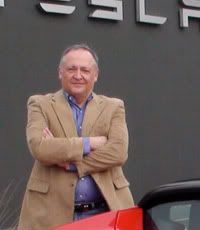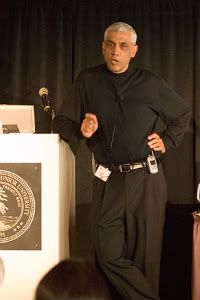Cutting-Edge Consumer Product Conserves Huge Quantities of Water
The response to my request for more cleantech business plans has taken me to some fantastically interesting places, as I knew it would.
Here’s Smarter Flush, a consumer product I really love. For $19.95 and an investment of 10 minutes to install (no tools needed), anyone can retrofit a toilet so that it uses as little of 50% of the water it’s currently consuming. Depending on where you live and your utility rates, the payback period for this can be as short as 90 days. Try that with solar panels! (more…)





 To make good on my promise to write something about
To make good on my promise to write something about 